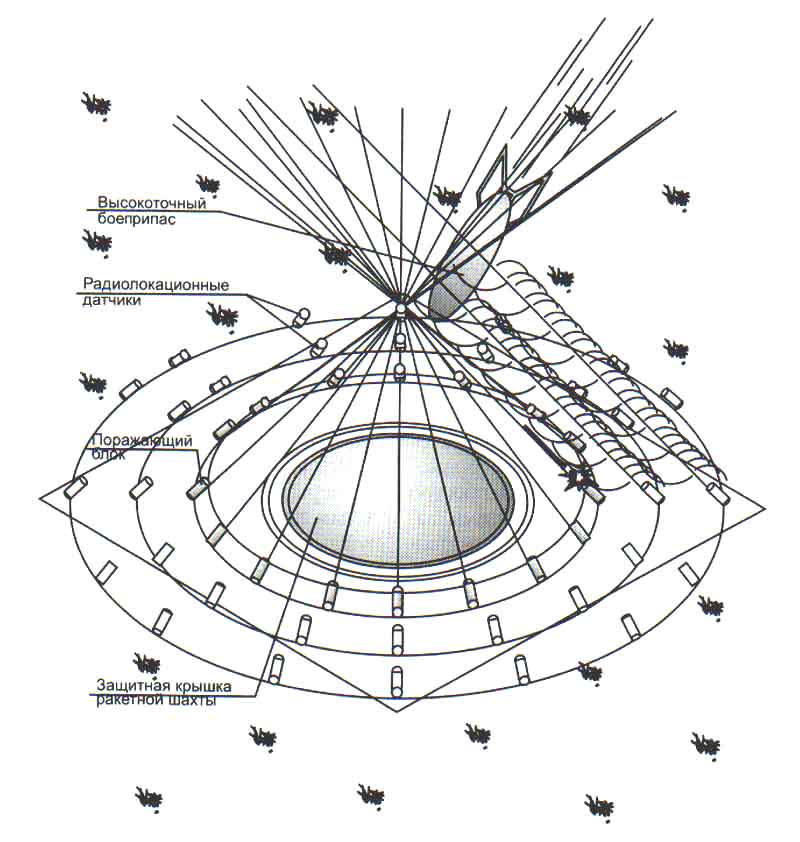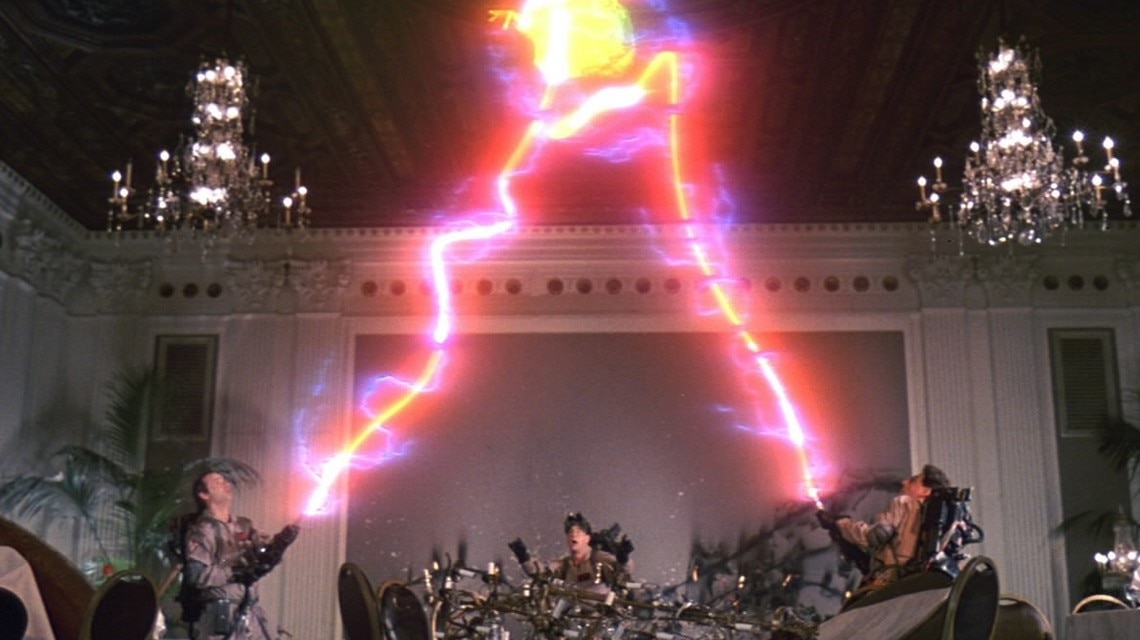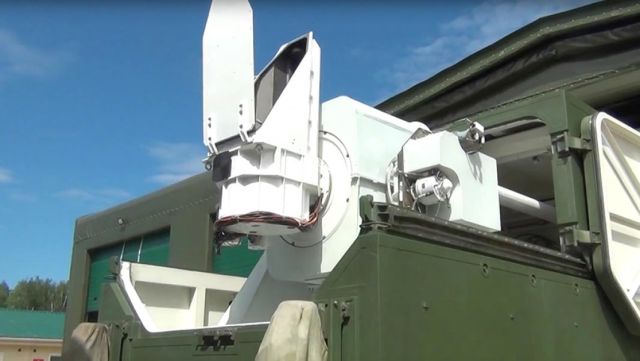GunshipDemocracy wrote:2) I m not a physicist but plasma AFAIK with high energy lasers can have self focusing properties to actually increase laser beam behind plasma layer . It would be good to check with physicists round


Teshub? SingularT?
I don't know of any ability to increase the laser's power through plasma. By its very nature, plasma disrupts lasers by de-phasing the laser beam/pulse, leeching energy and causing scattering via several physical processes. It is a major problem for laser welding for example. There is an effect called laser wakefield acceleration, which produces an electron plasma wave in a plasma. Current experiments are using this technique to create powerful x-rays via laser/plasma interaction... however, it relies upon static, contained plasma fields formed from dilute gas at specific densities. As a weapon it has no practical application... Well, not unless you want to miniaturise particle accelerators to battleship turret size.
When it comes to direct energy weapons, the plasma sheath formed around HGVs is effectively proof against most radio and microwave wavelengths. Even if a fraction of a percent of signal could penetrate, it would not have the magnitude to harm the vehicle. The only other wavelength you can use for a laser weapon specifically designed to inflict material damage is at the Infrared. But there are tremendous problems facing these too.
1) They are currently only effective over very short distances, i.e. a handful of kilometres. Due to atmospheric attenuation the transmitted power drops off exponentially. With a moderate powered FLWS you lose over 90% of the power at 10km range in clear air. To have a hope of maintaining power levels up to the mesosphere you will need megawatt scale lasers. However...
2) Simply boosting the power of the laser doesn't work. Above a critical point thermal blooming occurs due to the air the laser passes through becoming a plasma itself, further draining the power of the beam/pulse and causing yet more scattering. There is a diminishing limit to how much energy the atmosphere can transmit, so you cannot just pack a thousand laser fibres side by side, they must be spaced (diluting the power over a greater target zone) or the duration of the pulse shortened (increasing the engagement period the beam must be held on target).
3) Thus a surface based laser projector (i.e. at sea level) which tries to pump out a high megawatt laser pulse (let alone a gigawatt) will immediately blast its own projector, plus the immediate area around the weapon) with a massive plasma blast, the effects of which may cause frosting of the projector lens, and a pretty nasty radio and microwave backwash (screwing up your own comms). You wouldn't want any personnel anywhere near when it fired. There was a reason why the YAL-1 ABL was mounted in a jumbo jet.
4) Firing such a laser from low orbit avoids most of the atmospheric attenuation problems, thus you can maintain higher power transmission even over several hundred kilometres. Yet no satellite is going to be able to pump out high energy laser shots without frying itself, because the satellite cannot dump the waste heat fast enough. The best infrared diode lasers have an efficiency of around 64%, so for each shot you fire at the target your orbital killsat needs to handle one third of the energy. There are some engineering workrounds to help with thermal buildup, but since the sat will zip by the target in a matter of less than 20 seconds or so, you are going to need to make a lot of shots in a very short period.
5) Assuming you can rotate your laser projector and maintain a currently unfeasible accuracy of 1cm (to generate a burn through) over a distance of either 50-80km (surface) or 250-300km (space), then you are still facing the problem that the plasma sheath surrounding the HGV is literally going to wash away most of the laser's remaining energy. First of all the plasma is turbulent so you cannot set up an optimal penetrating wavelength. Secondly the plasma density is likely an unknown to the firing platform since the HGV will be at a variable velocity and altitude. Thirdly, fresh atmospheric particles will be washing past in microseconds, carrying away your laboriously heated plasma before (or during) penetration.
6) Last but not least, the HGV has a surface designed to handle high thermal loads for extended periods. Thus it is inherently resistant to infrared lasers.
In conclusion it makes sense for Avangard to remain low enough to generate a plasma sheath for self protection, or at least dipping down when approaching enemy air defence for both plasma shield and manoeuvring.
From my personal perspective, firing lasers directly at the HGV is pointless. You cannot project sufficient energy, quickly enough to harm the vehicle. What would be better perhaps, is for multiple laser sources to turn the atmosphere directly ahead of the vehicle into plasma, in order to create uneven turbulence in an attempt to cause it to tumble. If successful this would destroy the HGV very efficiently.








 Arrow
Arrow







